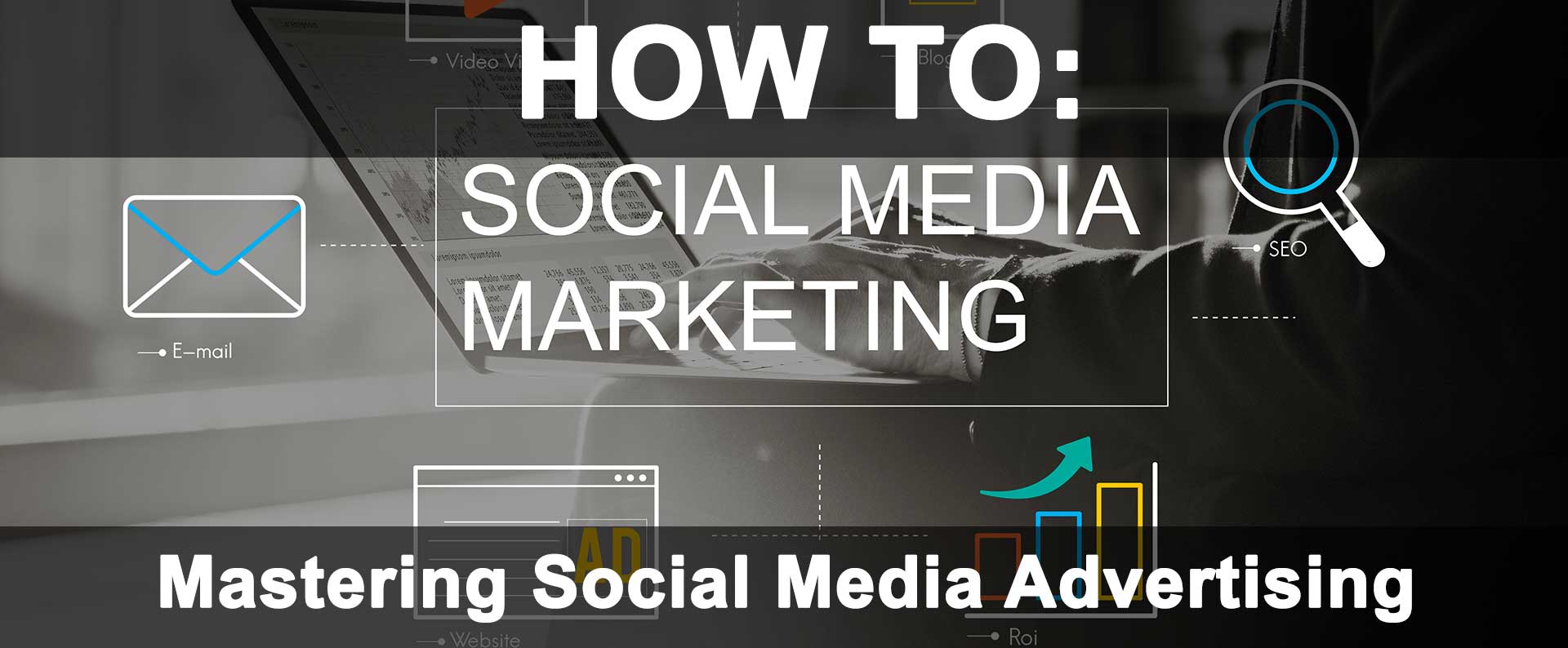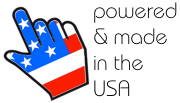(This is Part 2 in a three part series. See Part 1 or Part 3.)
The success of an advertising campaign, whether it's for social media ads, search engine ads, or organic listings, hinges on the landing page.
A well-crafted landing page can drive revenue and generate leads for the sales team. Conversely, a poorly designed landing page can result in lost prospects and may even deter them from ever purchasing from the company.
Setting Up Your Landing Page
There's a lot of debate about whether landing pages should feature the website's standard navigation and menu structure. The source of the traffic - be it search results, search engine ads, or social media ads - can help determine if the landing page should include the standard website navigation or be devoid of any distractions:
- Organic/Natural Search Results
- Landing pages stemming from organic search results can typically include the site's standard navigation.
- In fact, additional site navigation and links to more information are often desired and necessary for traffic originating from organic searches.
- The landing page for natural/organic searches should generally enable users to easily access more information about the company, its products, and services.
- Paid Search Ads
- For paid search engine ads, the landing page should ideally be free of any distractions that could detract from the offer.
- The landing page should be a standalone webpage that provides the user with everything they need to take up the offer.
- Exceptions may exist depending on the campaign objective and industry, which may necessitate the inclusion of standard website navigation.
- Paid Social Media Ads
- Landing pages for social media ads should seldom include additional navigation that could distract the user.
- Given the multitude of distractions and posts on social media, users are already predisposed to "browse".
- If the landing page contains irrelevant links to other parts of the site, this predisposition can easily lead the user to lose focus on the offer and start clicking around the site.
- Such distractions can cause the user to lose the offer page or become overwhelmed with additional information, often leading to the user exiting the site altogether.
Once the overall structure of the landing page has been decided, there are other elements to consider to finalize the offer.
Key Landing Page Components
To be effective and successful, all landing pages should incorporate the following elements:
Capture User's Attention
In today's fast-paced world, the landing page must capture the user's attention instantly.
- Landing pages from social media platforms, where attention spans are notoriously short, must REALLY captivate the user.
- If the user's interest isn't piqued immediately, you risk losing that prospect to another ad.
Video backgrounds on the landing page are a popular method of capturing attention today, creating a TV commercial-like experience that can really draw the user in.
Demonstrate User Value
Customers are typically uninterested in the company's extensive history or the number of awards it has won.
Instead, consumers want to understand how the offer will address their needs:
- Why should the customer buy this offer?
- What value does this offer bring to the customer?
- What problem does the offer solve?
The solution to the problem must be immediately and easily identifiable. Today's short attention spans won't tolerate lengthy paragraphs of information; they demand succinct, straightforward infographics or bullet points.
Establish Trust & Confidence
An effective landing page should instill immediate trust and confidence, reassuring the consumer that it's safe to proceed with the offer. This can be achieved in several ways:
- From the “https” in the address bar indicating a secure SSL transaction,
- To customer testimonials praising the quality,
- To icons of awards and certifications such as BBB accreditation;
The landing page must exude trust and confidence.
These elements reassure the user that should anything go wrong, they can easily reach out to the company for a resolution.
The aim is to keep guiding the customer towards taking action without straying off course. Incorporating testimonials, awards, and certifications into the landing page provides immediate reassurance without the need to navigate away from the offer to terms and conditions, or return policies, etc.
Clear & Concise Message
A landing page has no room for any message that isn't straightforward and to the point. Clarity should take precedence over anything overly creative or hard to understand.
Be direct.
- Avoid company jargon or industry-specific language.
- Use clear, customer-focused language.
- Write in a natural yet concise manner, ensuring a customer-oriented focus.
Guide With CTA (Call to Action)
Once an offer has been presented, there must be a clear and direct Call To Action (CTA) guiding the user on how to proceed to complete the offer. Make it extremely clear how to proceed and finalize the offer.
Ensure the CTA is clear with explicit instructions such as CLICK HERE NOW, or LEARN MORE HERE. The purpose of a call to action is to be utterly clear and transparent, leaving no room for confusion about how to proceed.
The Take Away
Landing pages that incorporate the above elements are more likely to yield successful campaign results, whether they're used for natural/organic search results, paid search ads, or social media ads.
This 3-part series continues next week with "Dodging Common Ad Blunders (Part 3 of 3)"













